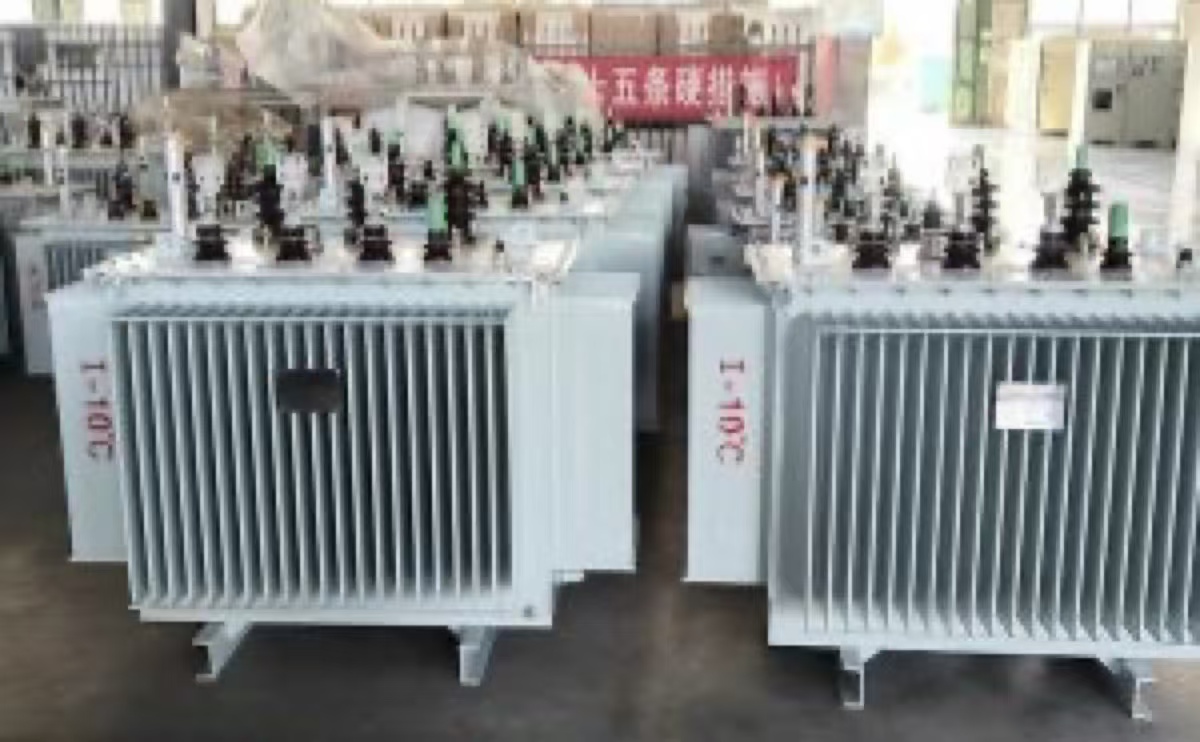Type : S-13
1. Product Overvie
Oil-immersed transformers are energy-efficient power distribution devices that use insulating oil for cooling and insulation. Compliant with IEC 60076 and IEEE standards, they are widely used in industrial, commercial, and utility applications, offering high temperature resistance, long lifespan, and low losses.
Key Specifications
- Rated Capacity: ____1000_____ kVA (Range: 10kVA–100MVA)
- Voltage Class: Primary _____10____ kV, Secondary ____0.4_____ kV
- Insulating Oil Type: Mineral oil/Synthetic ester (eco-friendly options)
- Cooling Method: ONAN (Oil-Natural Air-Natural)/ONAF (Oil-Natural Air-Forced)
- Impedance Voltage: ____4_____% (Optimized for short-circuit current control)
2. Installation Guide for Oil-Immersed Transformers
2.1 Environmental Requirements
- Outdoor Installation: Elevated concrete foundation (≥30cm above ground) for waterproofing.
- Indoor Installation: Minimum 1.5m clearance for heat dissipation; avoid dusty/humid areas.
- Safety Compliance: Follow national electrical safety codes (e.g., OSHA, IEC).
2.2 Step-by-Step Installation
- Positioning: Use lifting equipment to avoid shocks; protect bushings from damage.
- Grounding: Dual grounding (neutral + tank) with resistance ≤4Ω for lightning protection.
- Oil Handling:
- New oil must pass dielectric tests (≥40kV); allow 24-hour settling after filling.
- Maintain oil level within ±10% of the gauge mark.
3. Operation Instructions
3.1 Pre-Startup Checks
- Insulation Resistance: ≥1000MΩ (tested with 2500V megger) between windings and ground.
- Protection Devices: Verify Buchholz relay and pressure relief valve functionality.
3.2 Efficient Operation Tips
- Load Management: Operate below 80% rated capacity to extend transformer lifespan.
- Temperature Monitoring: Top oil temperature ≤85°C; inspect cooling fans/radiators if overheating.
3.3 Shutdown Procedure
- Emergency stops require winding deformation tests and oil DGA (Dissolved Gas Analysis).
4. Maintenance & Troubleshooting
4.1 Scheduled Maintenance
| Frequency | Tasks | Maintenance direction |
|---|---|---|
| Monthly | Check oil leaks, bushing contamination | Transformer oil leak repair |
| Annually | Oil testing (dielectric strength, moisture) | Insulating oil standards |
| 3–5 Years | Full preventive tests (tan delta, winding resistance) | Electrical equipment maintenance |
4.2 Common Faults & Solutions
- Issue: Oil level drop → Cause: Seal degradation → Fix: Replace oil-resistant gaskets.
- Issue: Abnormal noise → Cause: Loose core → Fix: Tighten clamping bolts.
5. Safety Warnings
- Fire Safety: Insulating oil flash point ≥140°C; keep dry chemical fire extinguishers nearby.
- Maintenance Safety: Always de-energize and discharge to prevent arc flash hazards.

